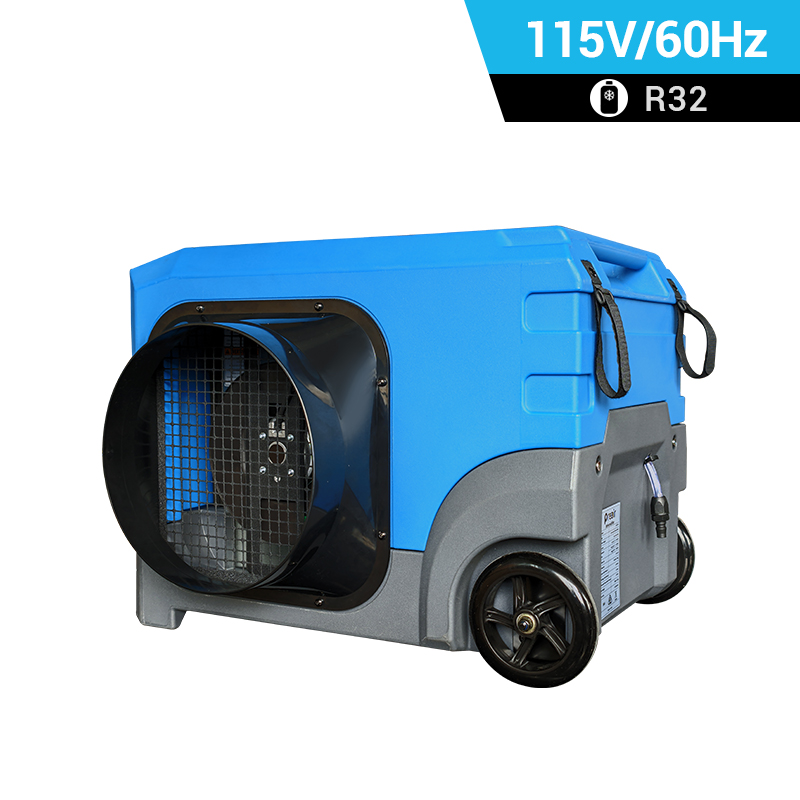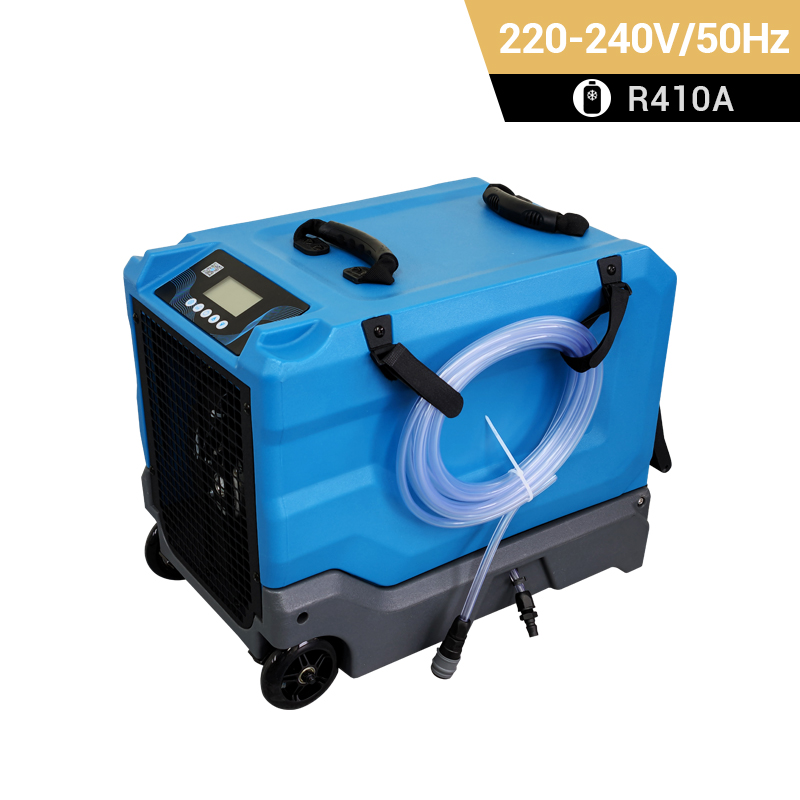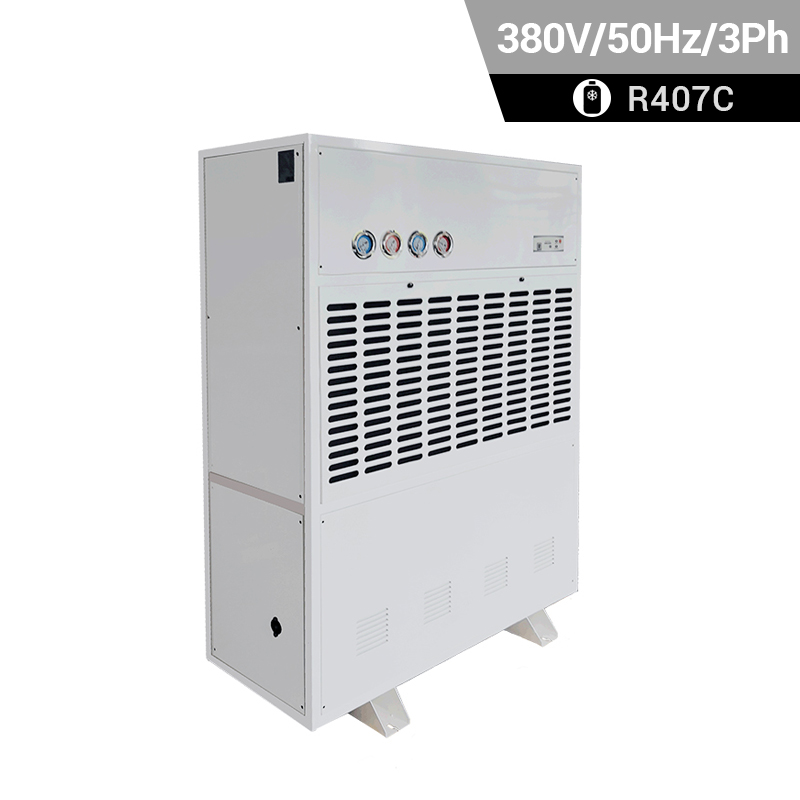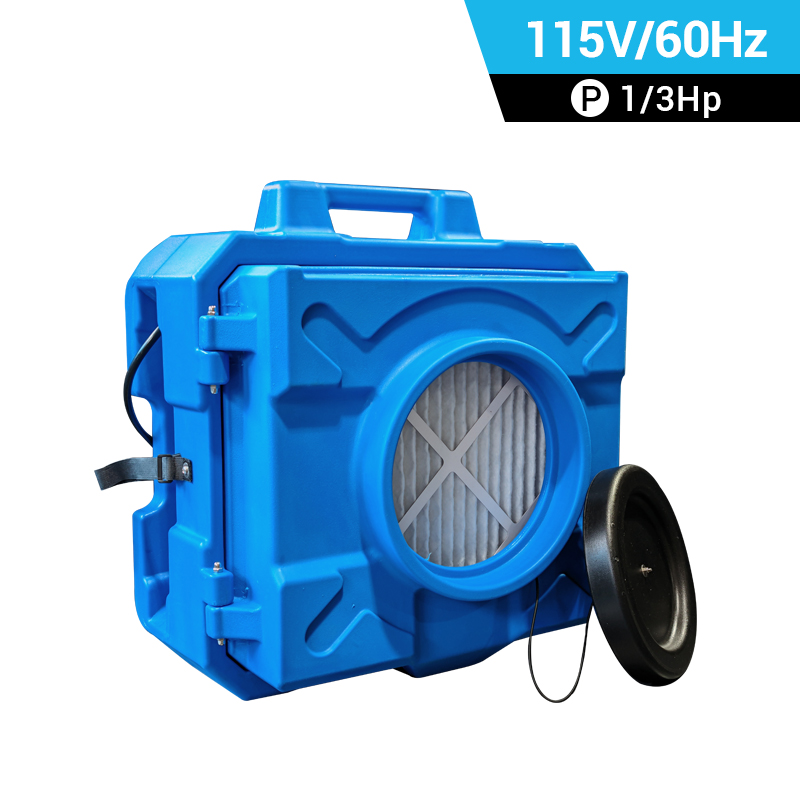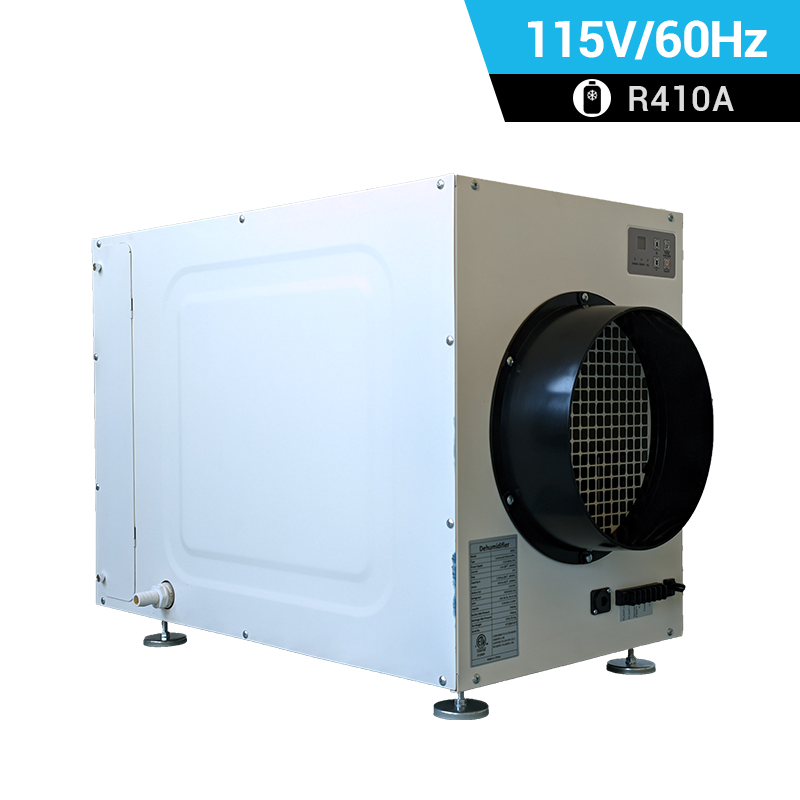 +86-13376814803
+86-13376814803  robert@hzhongtai.com
robert@hzhongtai.com
Industrial Dehumidifier For Basement
What if the Basement Is Too Wet, How to Deal with the Dampness?
Basements serve various purposes for homeowners, ranging from storage and laundry to recreational areas and additional living space. However, when a basement is too wet, dealing with dampness becomes crucial to prevent damage to the structure and belongings, as well as to create a healthier living environment. Here are steps to address dampness in a basement:
-
Identify the Source of Moisture:
- Determine the source of moisture in the basement. Common causes include leaks, poor ventilation, groundwater seepage, or high humidity levels.
-
Fix Leaks and Waterproofing:
- Repair any visible leaks in the foundation walls, windows, or doors. Additionally, consider waterproofing the exterior walls using sealants or coatings to prevent water penetration.
-
Improve Ventilation:
- Ensure proper ventilation to reduce humidity. Use exhaust fans, especially in areas like laundry rooms, bathrooms, or kitchens. Open windows when weather permits, and consider installing a dehumidifier to control moisture levels.
-
Install a Dehumidifier:
- A ceiling dehumidifier for basement is an effective tool for reducing excess moisture in the air. Choose a dehumidifier with sufficient capacity for the size of your basement. Empty or drain the collected water as needed.
-
Use Moisture-Resistant Materials:
- If renovating or finishing the basement, choose moisture-resistant materials for walls, flooring, and insulation. These materials are less susceptible to damage from moisture and mold.
-
Insulate Pipes:
- Insulate water pipes to prevent condensation. Condensation on cold pipes can contribute to the overall dampness in the basement.
-
Ensure Proper Grading:
- Check the grading around the exterior of your home. The ground should slope away from the foundation to prevent water from pooling around the basement walls.
-
Install Sump Pump:
- In areas prone to flooding or excessive groundwater, consider installing a sump pump. This device helps collect and pump out excess water to prevent basement flooding.
-
Use Sealed Containers for Storage:
- Store items in sealed plastic containers to protect them from moisture. Avoid placing cardboard boxes directly on the floor, as they can absorb moisture.
-
Clean Gutters and Downspouts:
- Ensure that gutters and downspouts are clean and direct water away from the foundation. Clogged gutters can contribute to water accumulation around the basement.
-
Seal Cracks and Gaps:
- Seal any cracks or gaps in the walls, floors, or windows. Use waterproof sealants to prevent water infiltration.
-
Utilize Natural Light:
- Increase natural light in the basement to discourage mold growth. Trim back vegetation outside windows and consider using light-colored paints for walls.
-
Monitor and Maintain:
- Regularly monitor the basement for signs of dampness, mold, or water damage. Promptly address any issues to prevent them from escalating.
Related Products






